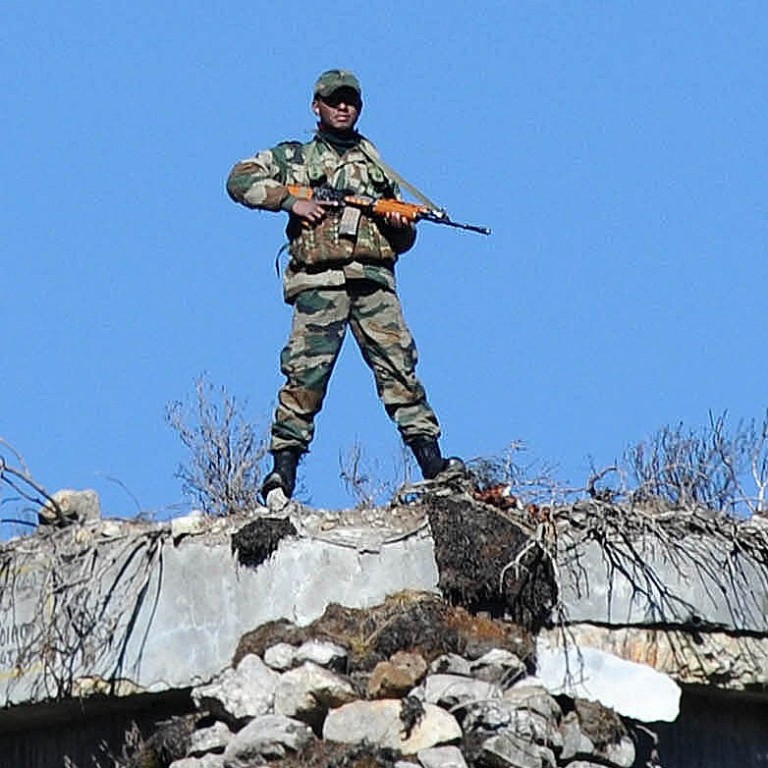
Indian Army says 20 of its soldiers killed in Chinese troop border clash in Galwan
- Sources say there are more casualties on both sides from a brawl where rocks and sticks were used
- Beijing accused India of ‘provoking and attacking Chinese personnel, resulting in serious physical confrontation between border forces’
“Seventeen Indian troops who were critically injured in the line of duty at the standoff location and exposed to the sub-zero temperatures in the high altitude terrain have succumbed to their injuries, taking the total that were killed in action to 20,” the army said in a statement late on Tuesday.
The two sides had disengaged at the Galwan area where they had clashed, the statement added.
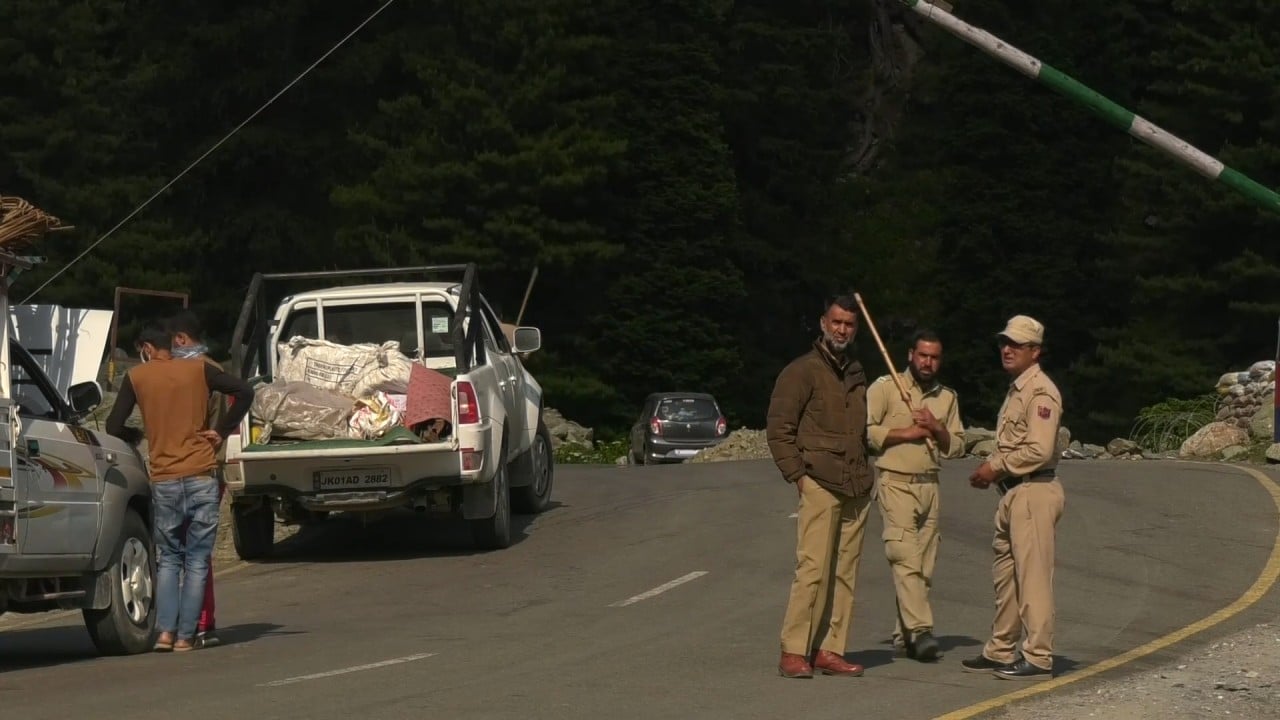
01:59
Death toll rises to 20 in border clash between India and China
The deaths are the first fatalities in four decades of simmering conflict along the 3,488km undemarcated border between the nuclear-armed neighbours, known as the Line of Actual Control (LAC).
While Indian media reported that Chinese soldiers had been killed, Chinese officials did not confirm this as they laid the blame on India for the incident.
Zhang Shuili, the spokesman for China’s Western Theatre Command, which oversees the country’s westernmost regions, including Xinjiang and Tibet, said Indian troops had “failed their promise and again crossed the LAC illegally”.
“They have deliberately provoked attacks which have then led to intense physical clashes between both sides, leading to casualties and deaths,” Zhang said.
How India and China’s deadliest clash in decades came about
India’s Ministry of External Affairs, however, said the Chinese forces were to blame.
“A violent face-off happened as a result of an attempt by the Chinese side to unilaterally change the status quo there,” said ministry spokesman Anurag Srivastava in a statement on Tuesday night. “Both sides suffered casualties that could have been avoided had the agreement at the higher level been scrupulously followed by the Chinese side.”
The statement said that China had violated the LAC at the Galwan river valley region. Pointing to the planned de-escalation of troops, Srivastava said: “While it was our expectation that this would unfold smoothly, the Chinese side departed from the consensus to respect the Line of Actual Control (LAC) in the Galwan Valley.”
The ministry said that India was “firmly convinced” of the need for dialogue, adding, however, that it was “strongly committed to ensuring India's sovereignty and territorial integrity”.
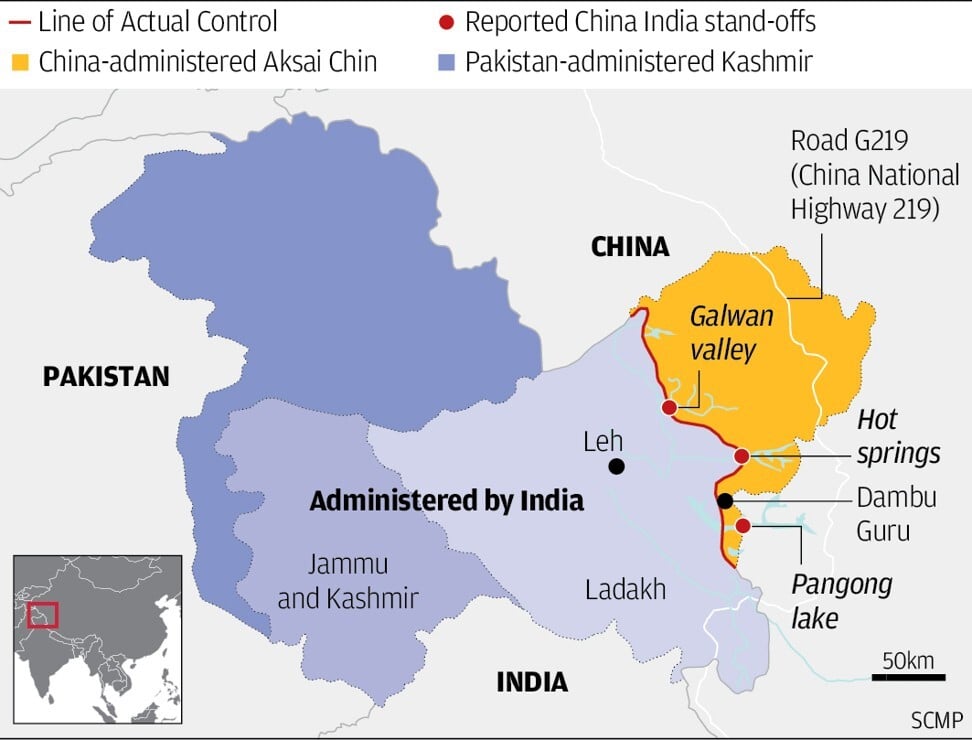
The reported acceleration from three Indian soldiers to 20 in the Galwan Valley “increase the chance that the current standoff becomes a prolonged and unresolved situation”, said Kelsey Broderick, Asia analyst with Eurasia Group. “The current situation speaks to higher-than-normal nationalism on both sides.”
“The current incident will poison an already tense bilateral relationship,” said Broderick. “These types of skirmishes are likely to become more frequent as China asserts more territorial claims and India starts to push back against Chinese incursions.”
The Indian Army did not confirm reports saying soldiers who died were not shot but were killed in a brawl. An Indian army officer in the region told AFP on condition of anonymity: “It was violent hand-to-hand scuffles.”
In an afternoon statement, the Indian Army said the incident had occurred during “the de-escalation process in the Galwan Valley”, referring to an area military officials had earlier accused Chinese troops of entering even though it was never under dispute.
Why mutual distrust will continue to shape India-China border dispute
The area is between Indian-administered Ladakh and Chinese-administered Aksai Chin. Aksai Chin is strategically important to Beijing as it has China’s only direct road link to Xinjiang and Tibet.
Given that the two sides aren’t in agreement over who started the skirmishes – China claims Indian forces crossed the unofficial border and India says China attacked a peaceful patrol of Indian soldiers – or many of the details, it could be difficult to deescalate tensions quickly.
There also could be added pressure from India’s media to escalate tension, analysts said, particularly if it’s ultimately determined that the incidents took place on the Indian side of the de facto border and that most casualties involved Indians.
The high roads to border conflict through India and China
Nationalism may also be playing a role on China’s side as well, said Daniel Russel, the former US assistant secretary of state for East Asian and Pacific affairs.
Chinese President Xi Jinping “is making a conscious appeal to Chinese nationalism and appears to be calculating that China can handle the consequences of these actions,” Russel said.
“The loss of lives on the Indian side includes an officer and two soldiers. Senior military officials of the two sides are currently meeting at the venue to defuse the situation,” the Indian Army said.
Zhang’s statement, however, said the sovereignty of the Galwan River Valley “had historically belonged to [China]”.
Chinese, Indian soldiers come to blows in clash at border near Tibet
“Indian border troops have defied what they promised and seriously violated the mutual consensus reached by both countries on border issues, and seriously violated the bilateral military relations and relationship between our people,” he said.
“We are asking the Indian military to restrict the frontline troops and stop all provoking and intervening actions, and to meet China[’s will] halfway so both sides can return to the correct track of communication to solve disputes,” Zhang added.
China’s Foreign Ministry spokesman Zhao Lijian said Indian troops had crossed the border line twice on Monday, “provoking and attacking Chinese personnel, resulting in serious physical confrontation between border forces on the two sides”.

The editor-in-chief of the hawkish Global Times, Hu Xijin, said on Twitter: “Based on what I know, Chinese side also suffered casualties in the Galwan Valley physical clash. I want to tell the Indian side, don’t be arrogant and misread China’s restraint as being weak. China doesn’t want to have a clash with India, but we don’t fear it.”
He added: “Chinese side didn’t release number of PLA casualties in clash with Indian soldiers. My understanding is the Chinese side doesn’t want people of the two countries to compare the casualties number so to avoid stoking public mood. This is goodwill from Beijing.”
Global Times is published by People’s Daily, the official newspaper of China’s ruling Communist Party.
Australia and India seek closer ties amid shared wariness of Beijing
Indian Army sources said that following the incident, the Chinese military reached out and called for a meeting between the Major Generals from both sides to defuse tensions early on Tuesday morning.
Meanwhile, India’s Defence Minister Rajnath Singh was huddled in meetings with the External Affairs Minister S Jaishankar and senior military commanders, including the chief of defence staff General Bipin Rawat and the three service chiefs.
Singh also briefed Prime Minister Narendra Modi on the issue, according to sources in the Indian establishment.
The fatal clash comes after a six-week-long stand-off marked by fistfights and stone-throwing, with Indian observers saying the “violence” from the Chinese side was unprecedented. Several soldiers from both. sides were injured in a May 9 face-off.

Chinese Foreign Ministry spokeswoman Hua Chunying last week said Beijing had reached a “positive consensus” with New Delhi over resolving the situation, while India on Sunday said the two countries had agreed to “peacefully resolve” matters.
While India and China had an intense but short-lived border war in 1962, both sides have in recent times retreated from violence.
In 2018, Modi in a meeting with Chinese President Xi Jinping said the fact that India and China had not “fired a single bullet at each other” in four decades showed their maturity.
China, India ‘must not allow nationalist fervour to inflame border conflict’, experts say
He was speaking at an informal bilateral summit in Wuhan, with a second meeting held in the last year in the coastal town of Mamallapuram – at which both pledged to not let differences on trade and foreign policy turn into disputes.
Long Xingchun, president of the Chengdu Institute of World Affairs, an independent think tank based in China’s southwest, said the incident on Monday could escalate the conflict to a point of no return.
“These are the first casualties happening during a border conflict between China and India in decades, and it could arouse extreme nationalistic voices inside India that push its government to adopt a hawkish stance against China,” Long said. “If India really did so, it would lead to an even more intensified situation that could result in more casualties.”
“So it is imperative for both sides, especially between national leaders, to calm down the situation and tighten the border control, instead of being swayed by extremists,” Long said.
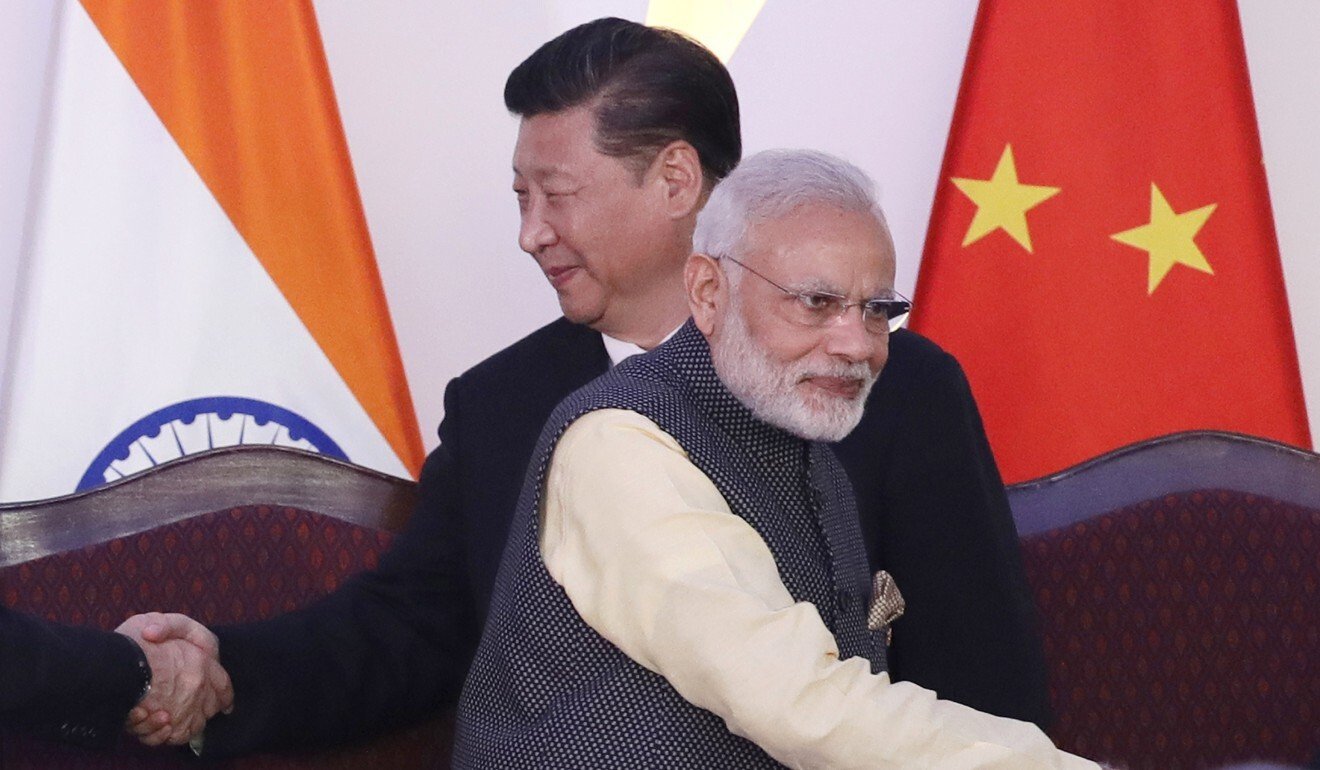
Analyst Sameer Patil said the Indian response to the clash would depend on a better understanding on what had sparked the face-off.
“If the violence was not intentional, then the two leaderships will want to defuse it. If it was intentional, then the Indian leadership will have to decide which lever it wants to exploit,” said Patil, an international security studies academic and China-watcher at Gateway House, a Mumbai-based think tank.
Patil said the Indian establishment could look at people-to-people contact between the two nations, India’s diplomatic engagement with Taiwan, as well as issues such as Chinese investment in India and whether to allow the Chinese telecoms giant Huawei into India’s 5G market.
US role rejected as India and China vow to resolve border dispute themselves
Monday night’s developments were likely to put immense pressure on the Modi government, which has increasingly projected a muscular image, especially on national security measures.
Last week, while the tensions between the two nations were playing out, Union Home Minister Amit Shah said India had joined the United States and Israel in being the “only nations that can protect its borders”.
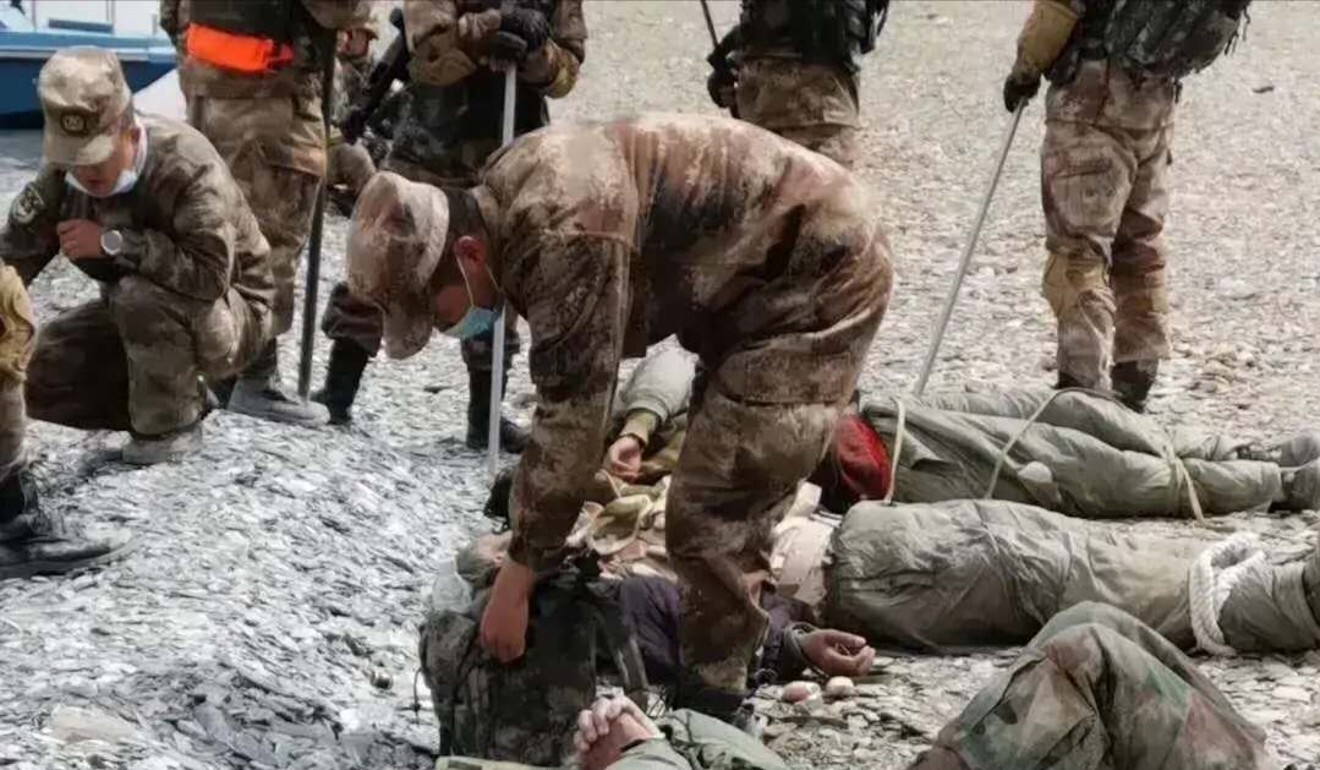
The Modi administration has also signalled its intent to “avenge” the deaths of Indian soldiers in the past. Last year, it carried out air strikes in Pakistan after more than 40 Indian paramilitary personnel were killed in an attack by a suicide bomber.
A foreign-policy analyst, who did not wish to be named, said that New Delhi could find itself in a bind.
“The problem is, India has set a precedence of avenging the deaths of its soldiers in the last few years, by launching surgical strikes and air strikes against Pakistan. It will be difficult for Modi to explain why he does not choose to do the same with China,” the analyst said.
Meanwhile, Indian equities on Tuesday pared gains in a volatile session, while the rupee and sovereign bonds declined, after the border skirmish reignited geopolitical risks.
Additional reporting by Kristin Huang, Kinling Lo, Mark Magnier, Robert Delaney and Bloomberg

